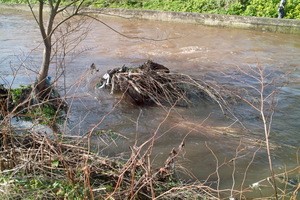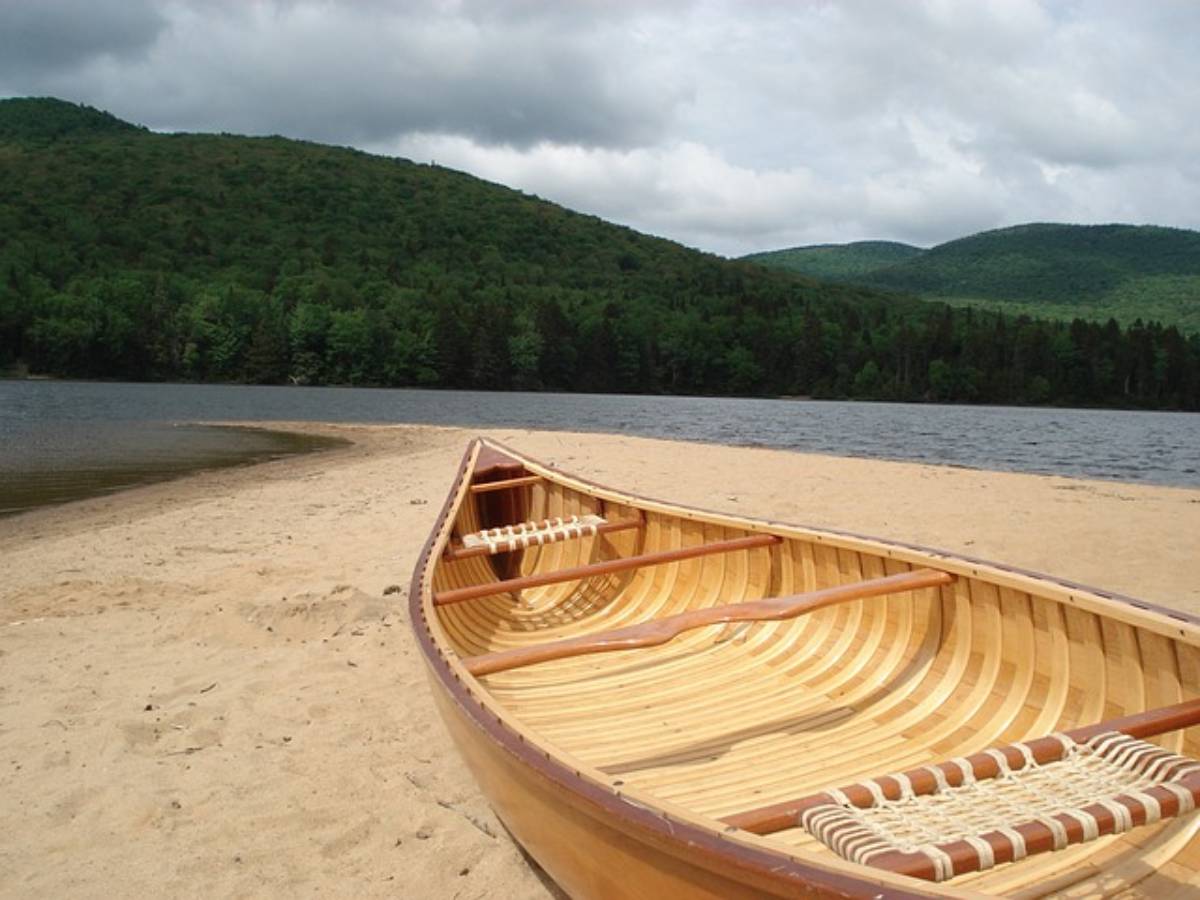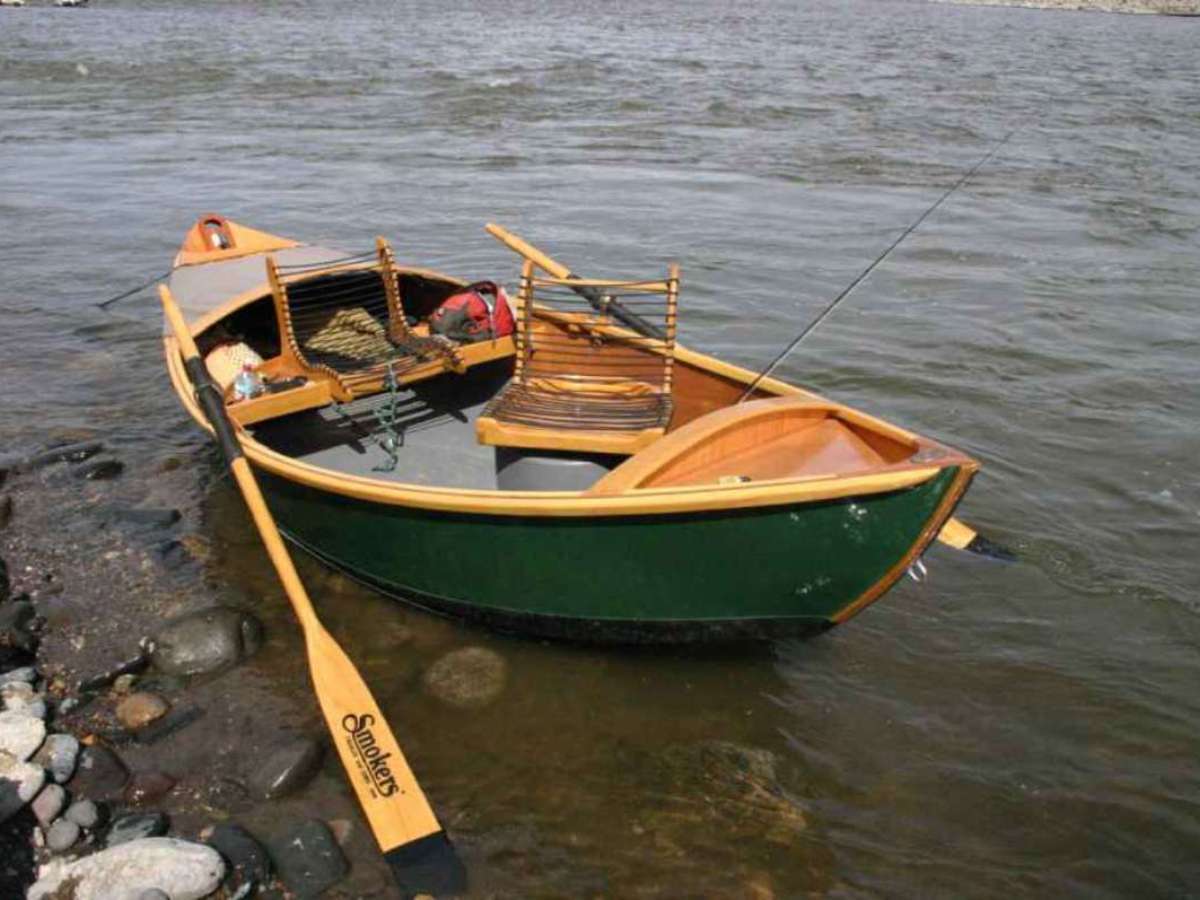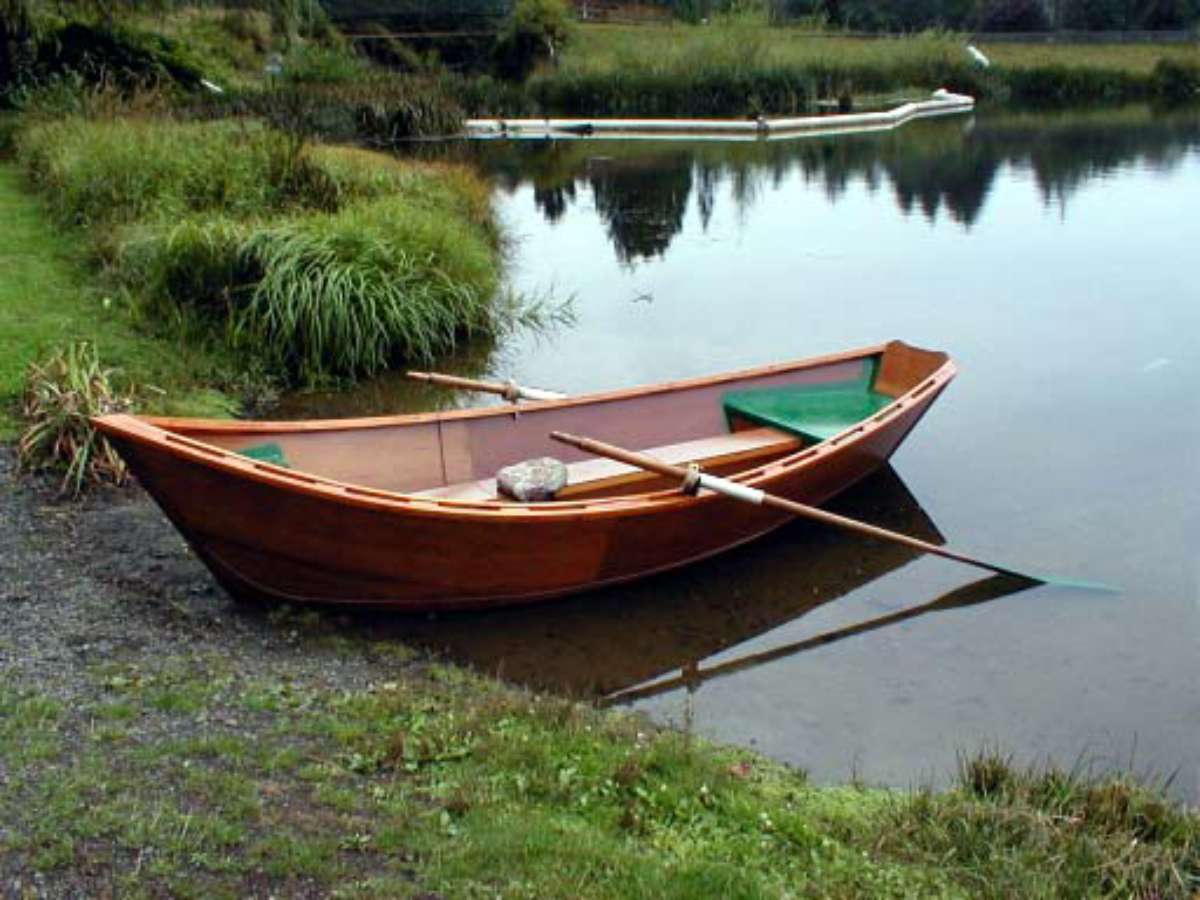 So, you’ve checked the water level report, and now you’re heading out to your favorite fly fishing spot. When you arrive at your fly fishing destination, your jaw drops.
So, you’ve checked the water level report, and now you’re heading out to your favorite fly fishing spot. When you arrive at your fly fishing destination, your jaw drops.
Instead of normal water levels that were reflected by the water level report, you notice that the water level is high and the river is raging!
You may be tempted to turn around and drive home, but don’t fall to that temptation.
With a few high water level fishing tips, you can master the high water and even catch, play and release some nice-sized fish.
How Fish Perceive High Water
Most fish don’t care for raging currents and high water levels anymore than you do. In such conditions, they will move closer to shore and lay in quiet pools and eddies.
Fish have to eat, even in high water. This is when they choose shallow water to search for food. Some of these spots would be too shallow to find fish if water levels were normal.
In spring, when water levels are high, a fish’s metabolism increases and they have hefty appetites. They will feed below the surface, and that’s exactly where you will catch them!
Tips For Fly Fishing In High Water
The best flies to use are large ones that are busy.
Caddis work great for high water fishing. Or, if you tie your own flies, experiment a little.
Large, bushy flies enable the fish to see them when water is murky and when water is turbulent. They float much better. Others I have used that lure fish in high water are Chernobyl ants, stimulators, Royal Wulff and foam hoppers.
In order to fly fish successfully in high water, your technique need to be a little different than when water levels are normal. The fish will be hidden from view. They feel secure in their hidey holes when the water is murky.
In these conditions, you should use a stouter and shorter tippet — because the fish that you catch will be larger and stronger. Try to avoid using a strike indicator. This allows you to get a feel for the bottom.
Wet flies, nymphs, and streamers work when water is high and dark. Use those that normally work well in the area where you are fishing. Just use a size or two larger, so they are highly visible to the fish.
Stonefly and Hare’s ear nymphs work well and a bead head heightens visibility. Use split shots in varying sizes and add a streamer to the mix. Remember, when fish strike in high water conditions, they strike hard. Be prepared at all times.
If your attempts don’t bring success, give a 2-fly setup a try at several different levels. Chances are, this method will bring you a bit of luck.
Just keep experimenting until you bring in a fish, then stick to that fly fishing technique. At the end of the day, you will drive home feeling good about the day’s results on high water and you will be wearing a smile from ear to ear!
More Tips For Fly Fishing In High Water



